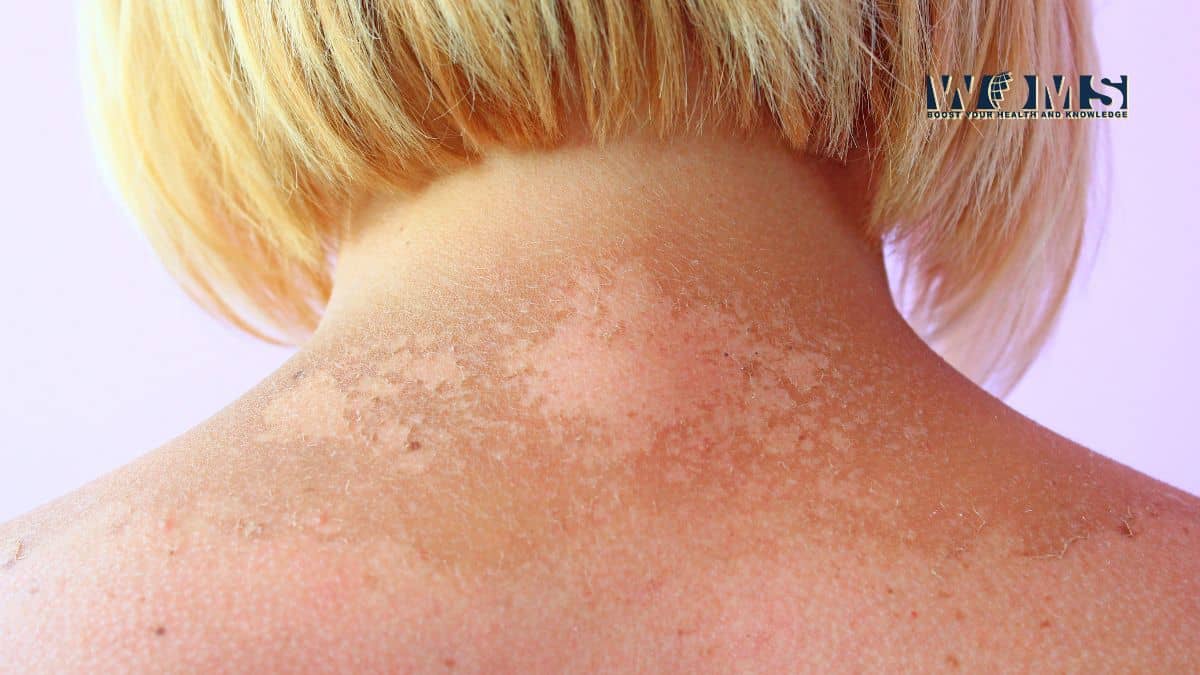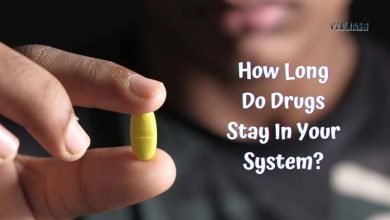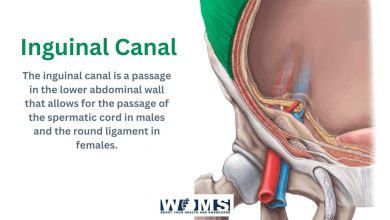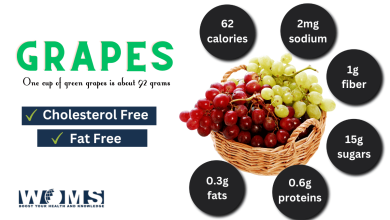Stages of Bedsores from Nursing Abuse – 4 Stages

Bedsores are injuries to the skin that are common among individuals in nursing homes. It is caused by being bedridden or wheelchair-bound for a prolonged period. Unfortunately, these injuries are obvious signs that your loved ones are not getting the right care and attention they need at such a vulnerable stage of their lives. And in some cases, they are signs of neglect and abuse. Families of victims are often advised to contact a bedsore lawyer as soon as they notice these injuries to get them the justice they deserve.
But before you seek legal assistance, you must know how to identify bedsores and tell them apart from any other injury. These injuries develop in four stages and they look different in each stage. Knowing what these sores look like in their early stages can help victims get the medical intervention they need right on time.
In this article, we’ll show you how you can identify bedsores in each stage and how they develop. So, if you have elderly ones that you take to nursing homes or residential care homes, here are some signs you need to watch out for.
What Аre Bedsores?
Before we explore the four stages of bedsores, you need to know what they are. Bed Sores are skin injuries resulting from unrelieved pressure on a particular part of the body. They occur when a patient is unable to switch positions as often as they would like to, thereby exerting pressure on the area and causing texture and color changes that could lead to open injuries.
Bedsores are also called pressure sores and pressure ulcers. They mostly develop in bony areas of the body like the knees, tailbone, ankles, and elbows.
The Four Stages of Bedsores
Now that you know what bedsores are, let’s walk you through its four stages.
Stage One Bedsore
An early sign of a bedsore is a change in skin color. You can easily identify that your loved one is being abused when specific areas on their skin appear red. For people with darker skin tones, these areas are usually dark purple. When you push your finger against that area it doesn’t become white like it normally would on healthy skin.
At stage one, the victim might also complain about an itching or burning sensation. They also feel mild discomfort and pain in the area.
The stage one bedsore has no open wounds. They can easily be treated by relieving pressure from the affected area, cleansing frequently with mild soap and water, and patting dry with a microfiber towel.
Stage Two Bedsore
When the first signs of bedsore aren’t acknowledged or taken care of, it develops into stage two bedsore. At stage two, the affected area breaks open and turns into an ulcer. It becomes even more painful and feels tender.
Stage two bed sores appear a few days to one week after stage one. They resemble blisters or craters, and the surrounding area is usually red and inflamed.
The open area can become infected easily if it’s not treated quickly. Treatment typically involves thoroughly cleaning the injury and excision of dead tissues to speed up the healing of the ulcer. The healing process could take several weeks, and victims are advised to significantly improve their diets during this period. If there are no improvements, seek medical assistance as soon as possible.
Stage Three Bedsore
In stage three, the ulcer eats deeper into the skin. The injury extends into all the layers of the skin, revealing the fatty layer of tissue right beneath the skin, and sometimes could be deeper.
The stage three bedsore can be easily identified by a small crater formed above the fatty tissue, oozing pus, and redness in the surrounding area. Patients also feel feverish when bedsore gets to this stage.
Treatment in this stage is more complex and patients have to seek professional medical attention. It involves surgical removal of necrotic tissue, after which the wound is cleaned up and dressed to prevent it from getting infected.
Stage three bed sores are more difficult to treat and could worsen if the pressured area isn’t relieved. As part of their treatment, patients are given antibiotics to heal infection, painkillers to manage the pain, and advised to eat better to promote healing.
Stage Four Bedsore
The stage four bedsore is the most critical form. The tissue death extends beyond the fatty tissue and starts affecting the muscles and bones. In this stage, the open wound reveals the bones or ligaments, has an unusual odor and the surrounding skin becomes blackened.
In more severe cases, the bone becomes inflamed, and the patient may develop sepsis. Patients rarely feel any pain in this stage, as the skin’s pain fibers have been damaged.
Stage four bedsores are extremely difficult to treat. Patients usually undergo surgery to debride the dead tissues and have to completely avoid exposing the wound to pressure if they want it to heal. The injury is prone to infection at this level and should be covered always.
Can Stage Four Bedsore Be Treated?
Stage four pressure sores are life-threatening. Without specialized medical care, they can cause complications that could lead to death.
However, with adequate medical attention, they can be treated. Bedsores in stage four usually last six months with the right care. Sometimes, it may take longer if the patient has existing diseases or infections caused by the sore. A person can fully recover if the sore is treated before it gets infected.
Can I Sue For A Stage Four Bedsore?
Yes, you can. Stage four bedsores are easily avoidable, as they take weeks, sometimes months to develop. If it gets to this stage, it shows that early signs were ignored. You can sue the nursing home for neglect and abuse.
Conclusion
Bedsores are preventable with the right care. They only develop when people who need help changing positions do not get the right assistance. When patients sit, lie in bed, wear ill-fitting clothes and shoes, or wear surgical appliances or prostheses for a long period, bedsores will form.
However, early intervention can prevent further complications. When nursing homes or any caregiving facility fail to perform their basic responsibility, it’s important that you report the abuse and take legal action. You will be helping other victims and getting compensated for the damages they have caused.




